A world struggling to meet the challenges of climate change is more in need than ever of smart thinking about alternative energy. Fortunately, one Australian engineer has been on the case for close to 50 years.
Across the globe, solar is on a tear. In 2020 in Australia, more than 3 GW of new, small-scale capacity was added, according to the Clean Energy Council, capping off a fourth record-breaking year. Another 2 GW was added in large-scale capacity as 32 major solar projects were brought online.
Small-scale solar now makes up 23.5 per cent of Australia’s renewable energy generation, with medium-scale solar adding another 1.4 per cent and large-scale solar adding 10.9 per cent. All up, renewables contribute 27.7 per cent of Australia’s annual electricity generation.
And it’s not just in Australia. In the US, in the first three months of 2021, solar capacity increased 46 per cent compared to the same period in 2020.
It seems as if the success solar is experiencing is sudden amid rising concern about climate change. However, the technology’s rise has actually been painfully slow.
Just ask Professor Martin Green, Australia’s own solar godfather, who was struggling to have solar taken seriously as far back as 1974, when an altogether different type of crisis brought the technology into focus.
An Australian backstory
Prior to fax machines, long before email and decades before we all had access to video calling, Green used to sit by the phone and wait for results from one of two solar-panel test laboratories in the US.
An electrical engineer, Green had studied solar for his master’s degree and his PhD. In 1974, he established the Solar Photovoltaics Group at the University of New South Wales (UNSW).
Solar was high on the agenda as a technology that deserved further investigation, courtesy of an oil embargo imposed by the Organization of Arab Petroleum Exporting Countries, which lasted from October 1973 to March 1974 and resulted in a 300 per cent increase in the price of oil.
“The oil embargos really started it all. They kickstarted a solar program in the US, and the rest of the world followed suit,” said Green, who is now a Scientia Professor at UNSW.
“Without the embargos, solar wouldn’t be where it is now.”
The original goal of the Solar Photovoltaics Group, Green said, was to simply “do something useful”. But soon, he and his colleagues found themselves leading an international race to increase solar panel performance.
They were working on a new way of making solar cells. Standard cells of the time were based on p–n junctions, the standard building block of microelectronics.
“The main issue with our new structures was that we were using metal–insulator–semiconductors,” he said.
“If you heated it up, the metal would react with the very thin oxide layer that was underneath it and would short through it. We couldn’t do any high-temperature processing of the cell after we’d formed this type of structure.
“So we then investigated polycrystalline silicon instead of the metal, and that’s one of the new technologies pioneered in our lab that is now being used commercially. The other is PERC [passivated emitter and rear cell], now accounting for 90 per cent of global production.”
The new types of cells proved very easy to engineer. The group’s first laboratory was a small meeting room connected to the office of Professor Lou Davies, electronics manufacturer AWA’s Chief Scientist, who also worked at UNSW two days a week. It was Davies who had found the first grant funding for Green’s research.
Globally, the race was on to improve efficiency and boost voltage output. Green’s team attracted international attention, including from NASA’s Lewis Research Centre, which was tasked with producing high-performance cells for use in spacecraft.
“NASA was funding a lot of US groups to improve the voltage output of cells,” Green said.
“We quickly achieved much higher voltage outputs than anyone else in the world. Other teams funded by NASA included Westinghouse and Motorola, and we creamed them with our voltages.
“That established our international reputation.”
Local grants began to flow in. Each time Green’s team developed a new and better-performing cell, they had to send it to one of two US labs for testing. Hence the phone calls, once the testing was complete, to confirm results.
The work resulted in cells with an efficiency — the ratio of energy that falls on the panels as sunlight to the electricity produced as a result — of 25 per cent, when absolute best performance a few years earlier was 17 per cent.
As Green mentioned, about 90 per cent of cells are now made with the technology he and his colleagues and students developed at UNSW.
The patents for this and earlier technology were owned by the university’s commercial division, known at the time as Unisearch.
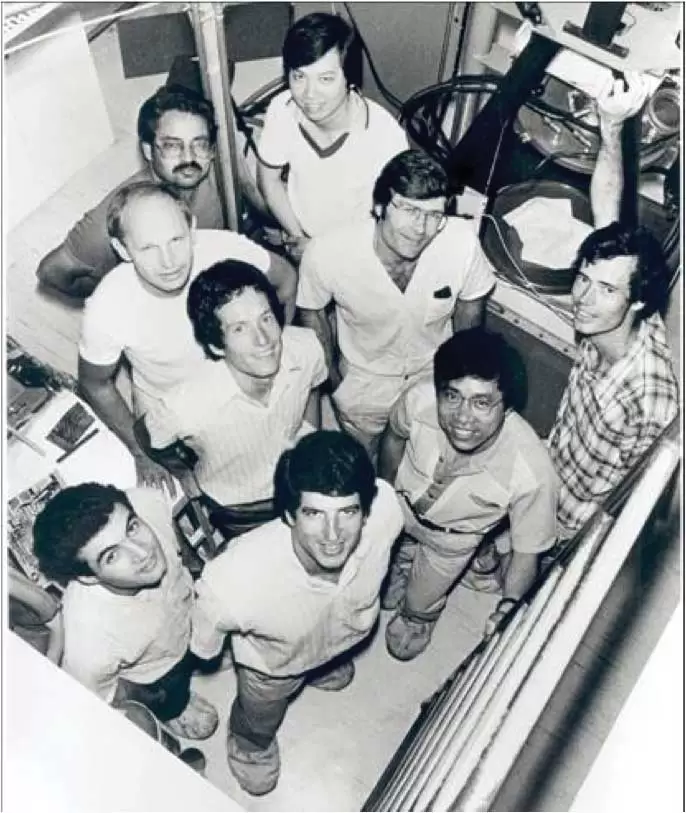
That business would set up agreements under licence with organisations around the globe, and one-third of profits from those licences has gone back to the inventors.
Several of Green’s students went on to head up solar businesses on the manufacturing side, including Shi Zhengrong, the world’s first solar billionaire and Green’s twelfth PhD student.
Despite his own work on solar advancements, Green believes the ultimate solar technology is yet to come. It will involve stacking cells on top of each other and could see a 40 per cent performance boost.
The main problem is finding the right material — one that is, like silicon, non-toxic, abundant, stable and offers good efficiency.
“You need those four attributes but, so far, we’ve found no material apart from silicon that has all four,” he said.
“That’s the next big challenge, and we’re currently investigating materials to see if we can find one that ticks all four boxes.”
Thrilling potential
As Technical Leader of Solar at Jacobs, Engineers Australia Fellow and Chartered engineer Nicola Wilkins FIEAust CPEng watches, from her front-row seat, a wave of “cashed-up international developers” flowing on to our shores to develop large-scale solar systems.

“Large-scale solar systems are currently known as alternative generators, but they will eventually become the standard,” Wilkins said.
“Building designers, architects and other people who are involved in building services are always asked to include sustainability measures. That often includes solar on the roof or some other form of renewable energy.”
When newly built wind and solar power stations were recently shown to present a stronger economic argument than gas or other fossil-fuel stations, many sceptics were won over, she said. What will make a major difference over the coming years in Australia will be grid connection, technological advances and government support.
“Solar PV modules are becoming bigger and more efficient,” Wilkins said. “Therefore, the land area that you need for a solar farm is less for a given capacity. There are some new technologies out there that are being trialled at the moment around storage, including charging batteries directly from solar PV modules with just a DC–DC converter.
“There are also different applications being discussed as solar panels become more efficient, such as having solar panels on the roof of electric vehicles to help charge the battery. I would certainly expect to see more of that in the future.”
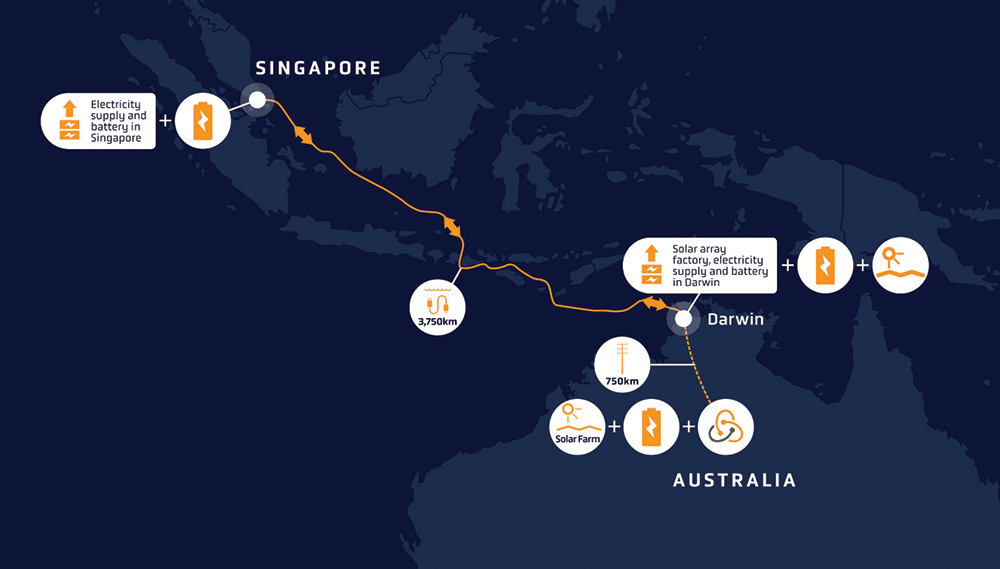
Finally, some large-scale solar projects are testing new possibilities. Take the planned $22 billion Sun Cable project in the Northern Territory. It will be the world’s biggest solar farm, covering 15,000 ha and boasting a 10 GW generation capacity and a 22 GW-hour storage plant.
Sun Cable counts tech billionaire Mike Cannon-Brookes among its investors and plans to supply renewable electricity to Singapore via a 4500-km, high-voltage subsea cable.
“While there are examples of long-distance power cables, cables of that extreme distance haven’t been utilised anywhere in the world,” Wilkins said.
“So it’s one of those things that could have a lot of potential. It just takes a first project, a trailblazer, to realise it.”
The landfill problem
There isn’t yet a legislated scheme for solar panel recycling in Australia, Wilkins said. However, the Federal Government has given clear signals around its expectation that the solar industry develops an industry-wide approach to recycling panels.
“We need business and manufacturers to think about recyclability in the design, manufacture and packaging of their goods,” Federal Environment Minister Sussan Ley told reporters during a recent speech at the National Press Club.
“The uptake of millions of solar panels across the country, from rooftops to solar farms, has been vital from an emissions perspective, but the explosion of retailers and importers in the area, and the lack of an industry-wide approach to collection and recycling, means that it also looms as a landfill nightmare. We can’t fix one environmental issue by creating another.”
The good news is that we have the technology to recycle PV panels, Wilkins said.
An organisation known as Reclaim PV recently received development approval (DA) for a second recycling facility in Brisbane. Their first is in Lonsdale, South Australia.
“Securing this second DA marks another significant milestone for Reclaim PV in the establishment of Australia’s first national solar panel recovery and recycling network, with further facilities to be established in the other major metropolitan areas in the next one to two years,” said Clive Fleming, Director of Reclaim PV Recycling.
“We need a nationwide approach to managing the replacement and recycling of faulty, non-performing and end-of-life solar panels before this gets unmanageable and we start to see 2000 t of waste making its way to landfill annually.”
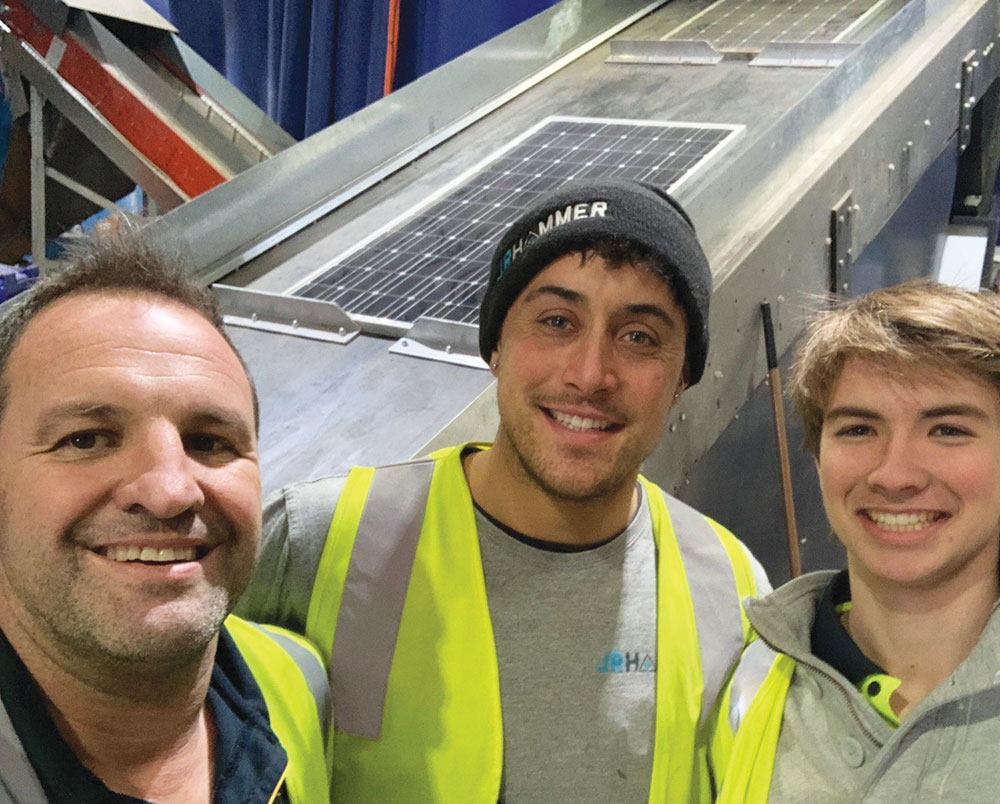
Another business, Lotus Energy, is operating a solar module recycling plant that crushes and recycles 95 per cent of each cell, including all silica, glass, copper, aluminium and silver. The other five per cent — the plastic from the cable sheath and back box — is being tested for conversion to gas, oil and activated carbon.
Although it’s in its formative stages and requires further collaboration between industry, government and end-users to ensure a viable market and recycling infrastructure, a solution to the landfill problem is now in the works, Wilkins said.
The future is skinny
As well as end-of-life recycling issues and insufficient government support, solar has experienced one other major challenge: its technological form.
Solar cells, in their mainstream form at least, are large and rectangular, unbending and fragile. Outside of a few advanced products, such as the solar windows from ClearVuePV, they can’t be wrapped around curves or placed across windows.

Professor Anita Ho-Baillie, engineer and John Hooke Chair of Nanoscience at the University of Sydney and Adjunct Professor at UNSW, manages a team looking into the engineering of materials at nanoscale to allow solar cells to be integrated on and around all types of surfaces.
“I’m working on new materials that are 200 times thinner than conventional solar cell material, which is silicon,” she said.
“The material I’m working with is called metal halide perovskite. It’s got a crystal structure that offers special opto-electronic properties. When it absorbs sunlight, it becomes a conductor. Perovskite has a very good absorption property, meaning we can make it very thin.”
The material can be printed or coated onto a substrate. With a low-temperature heat treatment of 100 to 200°C, the semiconductor material will self-assemble. Silicon, on the other hand, requires multiple 1000°C process steps for purification and for crystallisation.
A perovskite solar solution could be placed on windows of buildings or cars and could coat curved surfaces or even a traditional silicon cell to make that incumbent cell technology more efficient.

“You can tune the way perovskite responds to sunlight,” Ho-Baillie explained. “It might respond to the blue part of the light — or the higher-energy part of the solar spectrum — better. Silicon is very good at absorbing the red part of the solar spectrum — the lower-energy part.
“When the two work together in tandem, which we call the ‘tandem solar cell’, it will boost the efficiency. The theoretical limit of a silicon cell is 29 per cent, but if you stack perovskite on top, you can get to above 40 per cent.”
As an energy-generation technology, solar has earned its place. Scientists and engineers will have enormous influence over where it goes from here.
For solar, the future is bright.
Changing markets, changing behaviours
Engineers Australia Fellow and Chartered engineer, Lara Harland FIEAust CPEng, Chair of Engineers Australia’s Environmental College, said the boom in solar investment is going to mean we’ll need to find new ways to use the extra energy produced during daylight hours.
It could involve charging electric vehicle fleets during the day, which would mean installing solar charging infrastructure in and around workplaces. Or it might mean using the electricity to firm up energy reserves, whether by charging mega batteries, pumping hydro or producing hydrogen.
“Hydrogen is a good example, as the energy return on energy invested is low compared to other technologies,” Harland said. “But if it’s produced in combination with solar, using the extra, free energy that we don’t need elsewhere, it might stack up.”
One issue solar has long faced, Harland said — and other experts interviewed for this story agree — is the lack of state and federal government support.
“Unfortunately, our biggest barrier to renewables is government,” she said. “Fossil fuels still receive massive subsidies. A gas-led recovery is actively promoted when we urgently need to cease burning of all fossil fuels.
“Imagine what could be achieved if all governments focused on renewable energy with 100 per cent material recycling, rather than staring into a future with billions of dollars of stranded assets. Don’t we want to be proud of what we hand to future generations?”

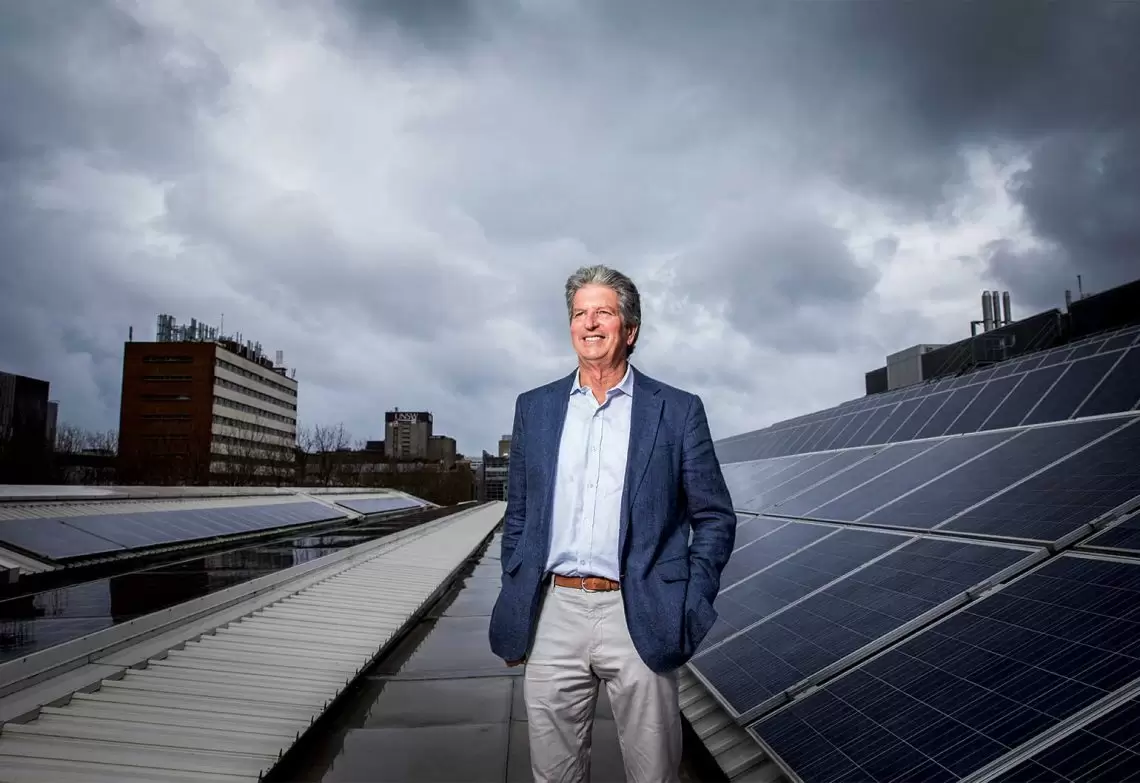
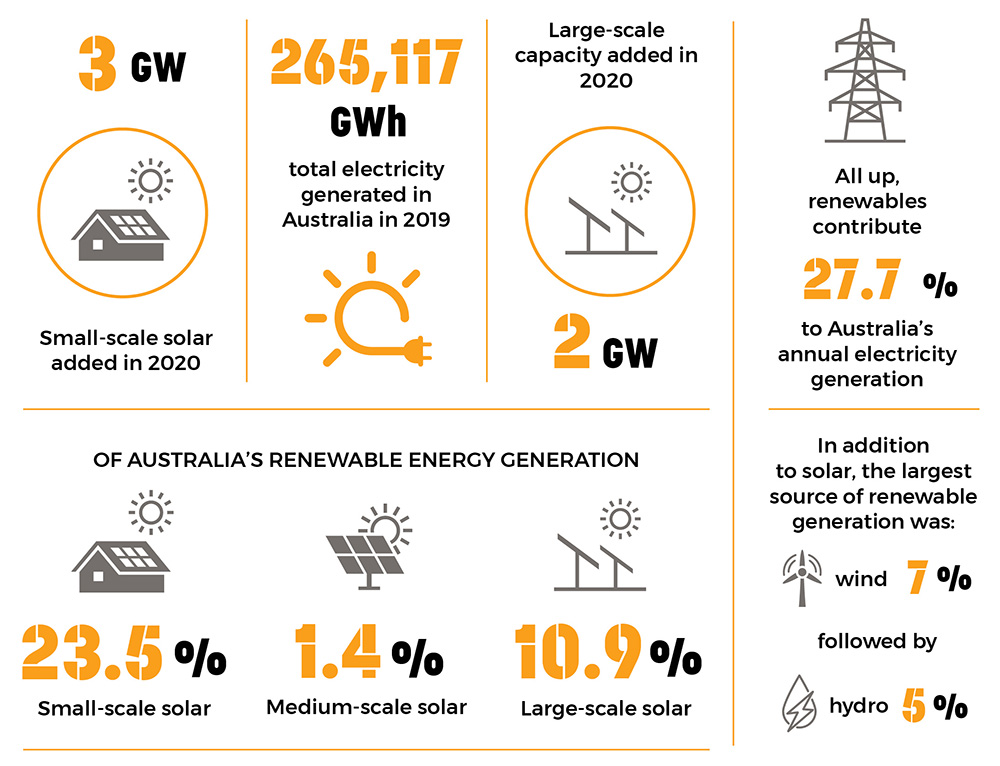
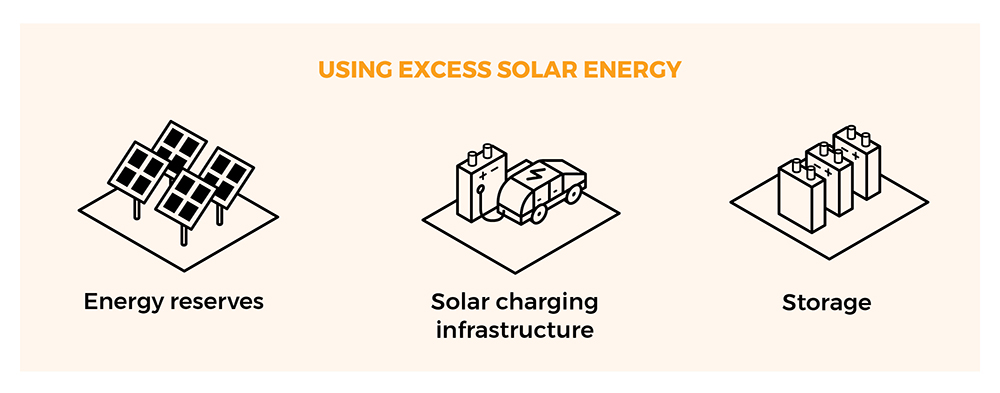


Hi Chris,
This is a very informative article, understandable be lesser gods, thanks. You are a writer, I have made some attemps in that field with : Resolve and Tenerian World, if you have time please let me know what you think about my work. I try books with a mesage, the next one is coming soon, Keep up the good work.
Regards Walter.